
Introduction
Product messaging is one of the most critical aspects of any marketing, including B2B. It’s among the top strategies that businesses use to differentiate themselves from the competition.
According to the Sprout Social report, 91% of buyers want to emotionally connect with brands before purchasing. Product messaging pages aren’t just necessary because they inform buyers of the offerings that a B2B company has, they also also help B2B brands to connect with their customers emotionally with the right messages.
If a B2B company gets its product messaging pages wrong, it risks losing revenue as customers would most likely buy from companies that use attractive messaging. Despite this fact, only a small percentage of companies are able to communicate effectively with their target market. This means B2B companies that perfect their product messaging pages have a huge opportunity to attract the right prospects, boost conversions and close more deals.
Even with this opportunity, there are numerous B2B marketers who immediately think of highlighting the features and benefits of their offerings every time they want to develop product messaging pages. Though there is always a need to define these two aspects of a product clearly, this is not what marketers should start with when they’re developing their product messaging pages.
Rather, the place to start developing product messaging is in identifying the intangible value that a product offers its consumers. To do this, companies should reflect deeply on how their product or service offerings improve the lives of their target audience.
By doing so, they’ll be able to shift their focus from the functions and benefits that those offerings provide to the impact they have on consumers. A significant number of SaaS companies exemplify this practice in their product messaging pages pretty well.
In this article, we explore the key lessons that B2B marketers can pick from SaaS search trends to optimize their product messaging pages. But before we delve into these lessons, let’s first define product messaging:
What Is Product Messaging?
In very simple terms, product messaging refers to the message that marketers use to inform their target audience about their offering. Essentially, the message contains a description of the product or service, its meaning, its relevance and the value it offers consumers.
To prepare a perfect product message, marketers must be:
- Clear on who their target audience is
- Aware of their problem
- Having a solution to that problem
- Able to distinguish their solution from others in the market.
Having this information enables marketers to craft better product messaging pages.
7 SaaS Trends to Create Product Messaging Pages
The following are the three SaaS search trends that B2B marketers can use to optimize their product messaging pages:
1. Solid grasp of buyer personas and their evolving needs
A good product message starts with having a solid understanding of your buyers. SaaS companies know this. In a rapidly changing software space, SaaS companies invest time in knowing the person who will pay to use their software product. Often, the first step is to understand the needs of their target audience. What pain points do they struggle with and what goals do they intend to achieve? This should be clearly captured in the buyer persona.

These pain points then find their way to the product messaging pages. Here, SaaS companies sell the problem to their target audience first before selling the solution. By doing this, they raise their audience’s awareness of the problem – and quickly link that problem to the solution they are offering.
In addition to understanding customer pain points and using those to inform the content on product pages, B2B buyers must constantly address their customer’s evolving needs. To understand those needs, they listen and communicate with customers.
The reality is that modern day customers are willing to voice their opinions and stay in touch with the brands that they follow. This works well for SaaS companies that need to stay several steps ahead in order to keep their products relevant and valuable. B2B markers can apply the same trick to optimize product messaging by facilitating two-way communication for customers to share feedback. A great way to collect feedback from existing customers is to integrate feedback tools in their products- see how Beamer rocks this approach in the image below.
Using feedback from customers, B2B marketers can shape their product messages in a way that resonates with their target audience.
2. Application of vertical B2B to focus product messaging
Over the last few years, SaaS companies have adopted vertical SaaS to develop solutions that cater for the needs of specific niche industries. With the SaaS Trends global market expected to hit the $716.52 billion market by 2027, SaaS have gradually been shifting from horizontal SaaS where they developed solutions that covered multiple industries, to vertical SaaS.
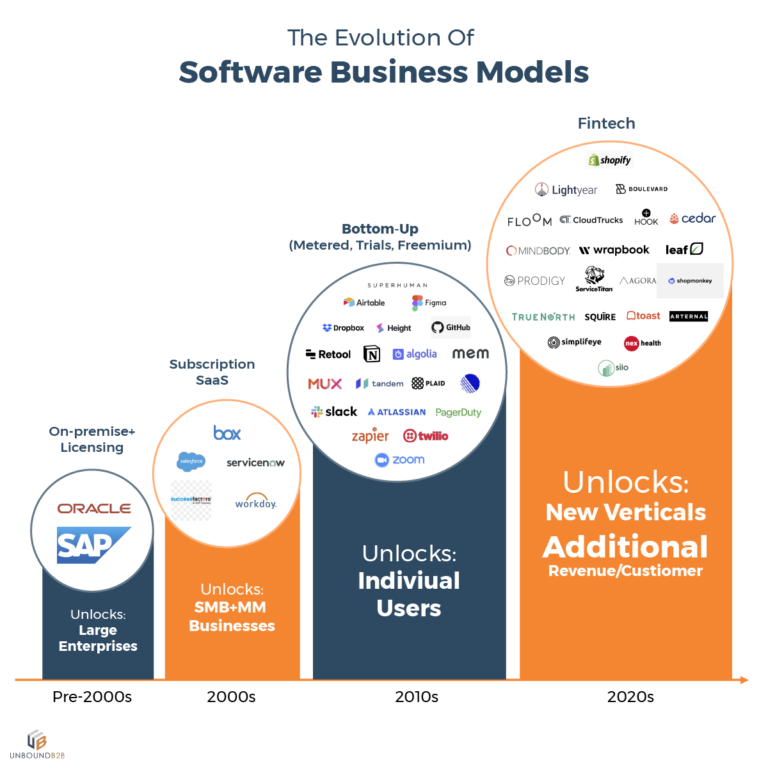
This shift has proven rewarding for companies that adopt it. A good example is Veeva, a content management and cloud computing solutions provider that focuses on the life science niche. Company. Veeva grew its revenues to $2.4 billion within six years after raising $10 million in its initial funding round.
From a marketing perspective, the inherent flexibility that comes with vertical SaaS allows companies to target different segments within the niche industry. This means that marketers in such companies can’t just add product messaging pages without having a solid understanding of the target buyers and their specific contexts.
When using vertical marketing, B2B marketers cannot win their highly targeted segments by just addressing cost and user-friendly advantages that their products offer. They have to develop messaging pages that speak directly and deeply to the unique industry needs that their prospects have. Acquiring this kind of knowledge requires diligent research and it takes time. But, once the information has been developed, it becomes easier for marketers to craft effective product messaging for their pages.
3. Embracing transparent pricing model
Price transparency is a common practice – not just in SaaS, but also in B2C. However, few B2B companies have adopted this practice yet the need for buyers to have information about product or service pricing is still rife.
There are several reasons why B2B marketers should apply the transparent pricing model on their product messaging pages:
1. Save Buyers Time:
Make it easy for buyers to know how much they’ll be expected to pay for a service or a product as opposed to letting them waste time searching for that information. When shopping for a product or a service, price is one of the factors that buyers consider before making a decision. Giving them a price range can go a long way in fast tracking that decision.
2. Few B2B Companies Publish Prices:
This will give you an edge over competitors who don’t publish prices on their product messaging pages. Consider this – a buyer who checks product pages from 10 companies offering similar products or services is able to make companies on different levels including durability and value. However, without seeing the pricing, the buyer has to reach out to sales. If there’s a company among the ten that has featured prices on its product page, it’ll have an advantage over the rest.
3. Build Buyer Trust:
In an environment where most B2B companies don’t publish prices, companies that apply price transparency are seen to be more open and therefore trustworthy. This established trust – which keeps companies coming back. Price transparency is also a reflection of price equality. This means all buyers buy at the same price – and there are no mysteries surrounding product or service pricing.
4. Communicates Product Value:
B2B buyers are keen on the value that a product or service offers. Embracing price transparency enables marketers to emphasize the value they offer and not necessarily the price. When buyers are clear on prices, they are able to weigh the value that each company is offering. For B2B marketers, this is incredibly beneficial. They can define the value their offerings add to buyers then quantify it more precisely in their prices.
4. Speak the language of your audience
Another product message page optimization tip to steal from SaaS brands is using the language your audience understands.
The right language can help viewers better connect with your product message. Usually, people make mistakes in this section.
They use the wrong words and phrases that complicate the product message. Businesses often slip into technical words and processes while explaining their products.
They forget that people don’t care about technical mumbo-jumbo. Buyers only want to know how your products can help them.
So, you must create simple-to-understand product pages based on your targeted customers’ language preferences. Moreover, your product descriptions and page layout must appeal to users. It should help users to connect with your brand message on an emotional level.
Salespanel service pages are perfect to learn from here. In addition, the brand offers several technical products like analytical solutions, lead generation, etc.
But all the product pages have a simple language that even non-technical viewers understand. For example, look at the Customer Journey Tracking service page:
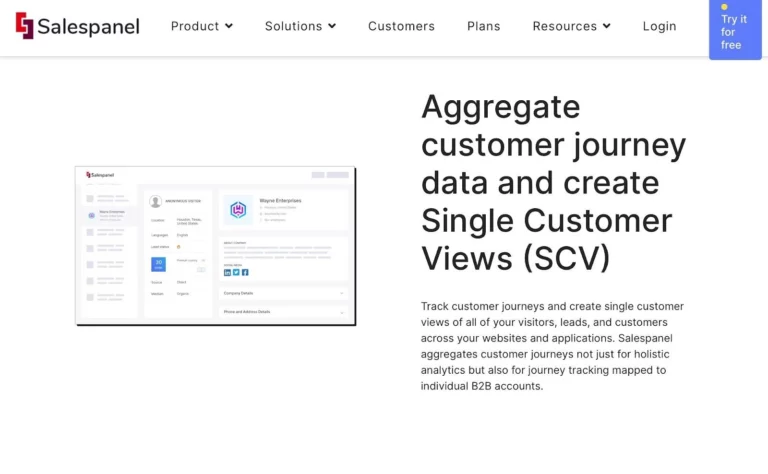
The language throughout the page is simple; even the technical process is explained in layman’s style. Plus, visuals are added to make the content more digestible and self-explanatory.
5. Leverage your customer testimonials
In 2022, 98% of people read online reviews before purchasing anything from local businesses.
Customer testimonials are an old yet powerful method that B2B companies use to social-proof their brand. However, most companies mention customer testimonials on their homepage, or they create a separate page for testimonials.
Though, both approaches are impactful. But, you should publish testimonials relevant to each product on that product page. The reason?
This approach can better explain your product message besides social proofing your page. It shows that your product is customer oriented. It gives new customers the message that customer satisfaction matters the most to you.
Besides this, if you offer multiple products and services, it is not easy to sum them all up on a page. Thus, you can sort reviews based on each product so potential customers can quickly go through them.
6. Create killer headlines
B2B websites are lucky regarding the average time on a page. According to the Klipfolio Benchmark report, B2B users spend the most time on the website — 1 minute 22 seconds.

But 1 minute 22 seconds is still not enough time to convince new visitors to explore your products and order them. Plus, online readers are skimmers. They don’t read words; they simply skim through them.
Therefore, you need to leverage headlines to grab users’ attention. You must create creative, informative, and SEO-optimized headlines to impress search engines and visitors. In addition, you must use multiple headlines on your product pages to convey your business message.
Here, TrackOlap is doing a fantastic job. For example, on the lead management software page, they used multiple headlines that tell users the core message of the product that’s improving the read conversion rate.

7. Offer something valuable in return
The best SaaS optimization approach is offering something valuable to customers in return. For example, software companies always use free product trials and demos as lead magnets.
The free incentive helps show potential customers how your product works and its core values. Some users are visual learners. They understand better when they see or use your product.
With the free trial, you can let potential customers use your software for a significant period. Once a person likes your tool, they will not hesitate to upgrade to the paid version.
This strategy is working perfectly for Grammarly. They offer a free version with limited features. But don’t forget to remind users what more they can achieve with their premium version.
How to Create Your Product Messaging Framework? (+Template)
A product messaging framework is a logical and well-structured presentation of your product features.
Every product has different features and targeted pain points. Therefore, it is essential to customize your product messaging framework based on your product’s unique qualities.
Defining product messaging strategy for SaaS products is helpful to:
- PR teams to explain the right key points in press releases.
- Content creators can select the suitable topics and keywords suitable to your product messaging.
- Sales teams can create well-informed sales pitches.
- Importantly, customers can better understand your product features and core values.
Here are the pointers that you must consider while creating your product messaging strategy:
- Interact with your product development team and gather real facts from them. You should understand your product’s features and limitations before creating its core message.
- Create a standard template to record your product information. Consult your product development team to fill out the template.
- After creating the first draft of your product message, take feedback from your sales team and customers. Take note of every feedback given by your export sales team.
- Team up with your sales and legal team to give a final structure to your project message. Legal team involvement is essential to ensure you don’t make false promises in your product message.
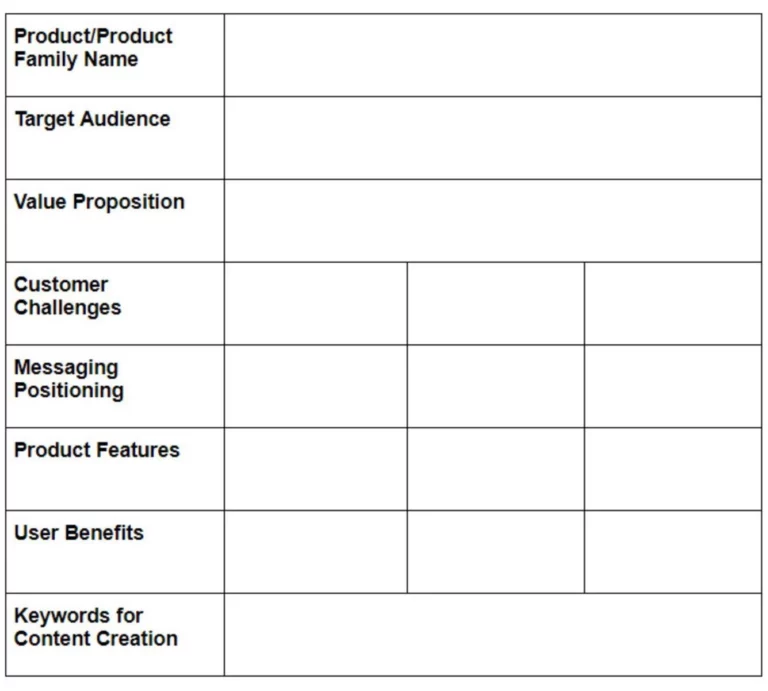
Best B2B Product Messaging Examples for SaaS
Finally, let’s explore some B2B product messaging examples to create a perfect product message to attract more customers. Here is what top B2B companies are doing to make their product message shine:
1. MYOB — transparent pricing
MYOB is a business automation solution provider. They use a transparent pricing structure to send their product message. You can see transparent product pricing on every page. In fact, they have mentioned pricing on the home page.
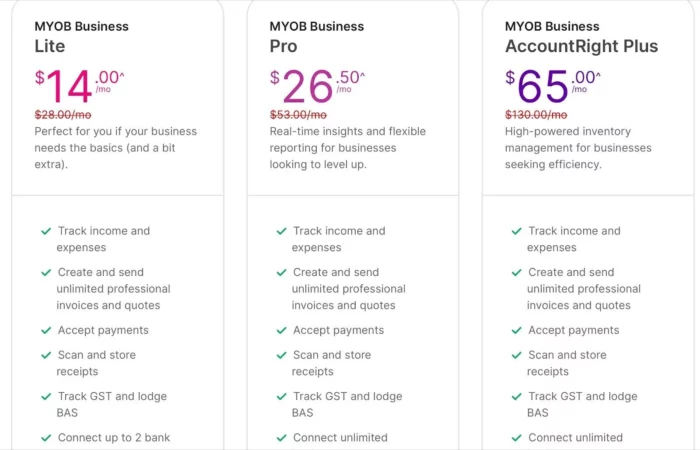
2. HubSpot — the perfect language
Both professionals and novice users are customers of HubSpot. Therefore, they created a perfect language on their product pages that attracts both professionals and beginners. As a result, you can learn much from HubSpot product messaging frameworks, from catchy headlines to simple product explanations.
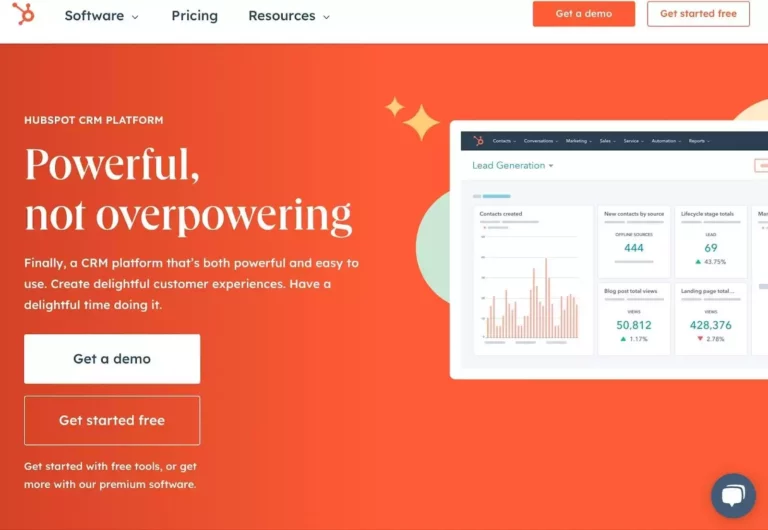
3. Unbounce — customer testimonial goals
The Unbounce product landing page is the optimum example of how to use customer testimonials on your website. They use customers’ pictures, names, and other details to make testimonials more authentic. Besides this, the visual layout of the entire product page is extremely stunning and attention-grabbing.

Final Thoughts
Product messaging pages are a critical part of any B2B website. They help companies communicate their offerings to their target audience and demonstrate that the solutions they offer are best suited to solve the problems of buyers. They also play an important role in ranking websites on search engines and driving organic traffic to company websites.
B2B marketers can learn a lot from how SaaS companies develop and optimize their product messaging pages. From getting a solid grasp of buyer needs and finding out their evolving needs to using vertical B2B marketing to focus product messages and embracing price transparency to communicate value, B2B marketers can leverage these practices to grow their businesses to the next level. So if you’re a B2B market and have not adopted these practices, it’s high time you did so.
If you need any help customizing your product message, the UnboundB2B team can help you. We can evaluate your product and targeted audience to create the perfect product message.
Our blog
Latest blog posts
Tool and strategies modern teams need to help their companies grow.

It is for fact that today's buying environment demands more. With longer sales cycles...

To build a marketing strategy that drives real results, you need more than creative i...

The 95/5 rule in B2B marketing shows that while only 5% of buyers are ready to purcha...







